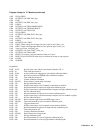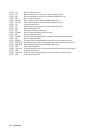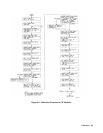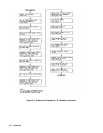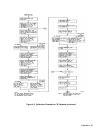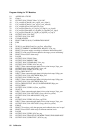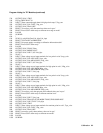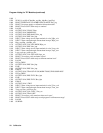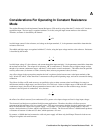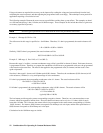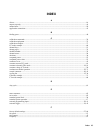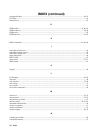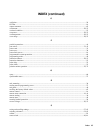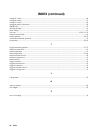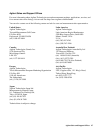
92 Considerations For Operating In Constant Resistance Mode
If large resistances are required, the accuracy can be improved by reading the voltage and current directly from the load,
calculating the actual resistance, and then adjusting the programmed value accordingly. This technique is most practical in
applications requiring a fixed resistive load.
The following examples illustrate the worst-case error possibilities resulting from op amp offsets. The examples are based
on a 300-watt unit having 1 ohm, 1 kilohm, and 10 kilohm ranges. These examples do not include the effects of gain errors
on accuracy (specified in percent).
Note Note that typical performance is far better than the worst-case possibilities shown here.
Example 1: 1
Ω
range (0.033
Ω
to 1
Ω
)
The offset error for this range is specified as + 8 milliohms. Therefore, if 1 ohm is programmed, the actual resistance will
be
1
Ω
+ 0.008
Ω
= 0.992 to 1.008
Ω
.
Similarly, if 0.033 ohms is programmed, the actual resistance will be
0.033
Ω
±
0.008
Ω
= 0.032 to 0.048
Ω
.
Example 2: 1 k
Ω
range: (1
Ω
to 1 k
Ω
, or 1 S to 0.001 S)
Because this range is, in effect, a constant conductance range, offset is specified in siemens (1/ohms). Resistance, however,
is programmed in ohms. Therefore, to compute the contribution of offset error to programmed value error, the programmed
value must be reciprocated first. The offset is then applied to the programmed value (in siemens) and the result is once
again reciprocated.
Note that 1 ohm equals 1 siemen, and 1 kilohm equals 0.001 siemens. Therefore, the conductance (0.001 siemens) at full
scale resistance (1 kilohm) is a very small percentage of scale conductance.
If 1 ohm is programmed, the corresponding conductance value is 1 siemen. The actual resistance will be
1 S ± 0.008 S = 1.008 S to 0.992 S
= 0.992
Ω
to 1.008
Ω
If 1 kilohm is programmed, the corresponding conductance value is 0.001 siemens. The actual resistance will be
0.001 S
±
0.008 S = 0.009 S to -0.007 S
= 111
Ω
to infinite
Ω
(typically 900 to 1100
Ω
)
The load cannot provide negative current corresponding to negative siemens. Therefore, zero current translates to zero
siemens, which corresponds to infinite ohms. Note also that the resistance can be as low as 111 ohms, which is much
lower than 1 kilohm. This is because the current offset is large compared to the small current corresponding to 1 kilohm
(0.001 siemens). For instance, 0.001 siemens corresponds to 6 milliamps at 6 volts input, and the offset specification of
0.008 siemens corresponds to 48 milliamps at 6 volts input.
Calculations for the 10 kilohm range are similar.



